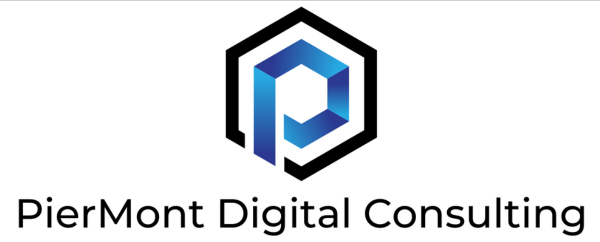
5 tech considerations for a carved-out business
Former CIO and carve-out expert Pierre Montersino looked at the key IT challenges CEOs need to think about before divesting part of their business. But what if you’re on the other side of the fence, sitting on the leadership team for the proposed new company? What do you need to do to ensure a clean break and hit the ground running?
When part of a business is divested, there are many highly integrated processes, systems, applications and datasets that need to be carefully separated and moved to the buyer. This typically creates an intricate and sometimes prolonged support relationship, lasting up to 18 months, between the parent company and the proposed new one.
As a leader in the new company, you want to be fully separated from the parent company as soon as possible, with all systems, data and workflows fully functioning, so it feels like business as usual for you and your employees. But there’s a lot to consider before you get to that stage, as Pierre outlines:
- Ensure a clear Transaction Service Agreement (TSA)
“A TSA is agreed at the beginning of the sell-off process. A strong agreement should detail assets (which from an IT perspective could include core applications, infrastructure and maintenance / support), costs, financial statements, talent and any transaction-specific challenges, which may require additional due diligence.” - Understand the different types of carve-out
“An IT carve-out is different from a typical system implementation in that it’s intended to simplify the separation and avoid the need to start from scratch, which would be costly and time-consuming.“ In general, there are two approaches to a carve out. The first – and in my experience the most effective and risk-adverse – involves cloning the parent company systems and relevant data. This incurs additional cost as you link systems for copying and migrating data, but it’s worth it in the long run. This process ensures a smooth switchover with no training required for your staff, because they already understand the environment.“A more complex approach would be to migrate data onto your own systems based on a selective copy of the parent company’s IT environment. In this scenario, you’d create a more tailored environment with your own applications to maximise cost-savings and optimise for scale. This is a more risky route and incurs additional costs and time for training.”
- Take a step-by-step approach
“Although every IT carve out has its own intricacies, in general you should be following these steps:Identify: Clone the relevant parent company systems, applications and interfaces and set up copies in your new IT environment.
Migrate: Identify and migrate all data from the parent company to your IT environment. Data validation checks will be required to ensure the seller’s retained data isn’t also migrated.
Test: Set up and test your new cloned systems and applications to ensure full functionality on day one of the separation. Multiple rounds of testing will be needed to mimic day-to-day system interactions and to identify issues.
Cutover: Execute the final system cutover plan to begin your new business operations in the standalone IT environment.” - Form a special project team
“I highly recommend forming a team with representatives from the parent organisation, your teams and any third-party resources. You should be using subject matter experts from the parent company to help you identify data objects for migration, gather existing documentation for test-script development and assist you in building the infrastructure.“Third-party experts are handy for helping you fill in existing knowledge gaps for areas such as system functionality, infrastructure setup, testing, data validation and so on.”
- Put key resources in place
“These should include:Programme manager / director for driving executive alignment, reporting and planning.
Project management office for defining the critical path and project progress.
Technical and infrastructure team for managing the project landscape and new IT environment, facilitating data migration and system setup.
IT business analysts who’ll take part in design sessions, help identify carve-out criteria, assist with test-script creation and answer business process questions.
Functional testers who’ll help create and validate test scripts and take part in several rounds of system testing as part of the migration execution phase.“By having the right people in place following a clear strategy, you can ensure an efficient and cost-effective carve-out that will set you up for future success with minimal risk.”
Pierre Montersino is a senior executive with over 20 years’ experience in consulting, with particular expertise in helping companies drive innovation, deliver technology programmes and manage carve-outs. A former CIO, he’s highly skilled at aligning technology investment, managing IT strategies and implementing change.


0 Comments